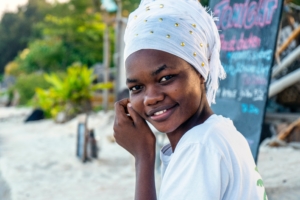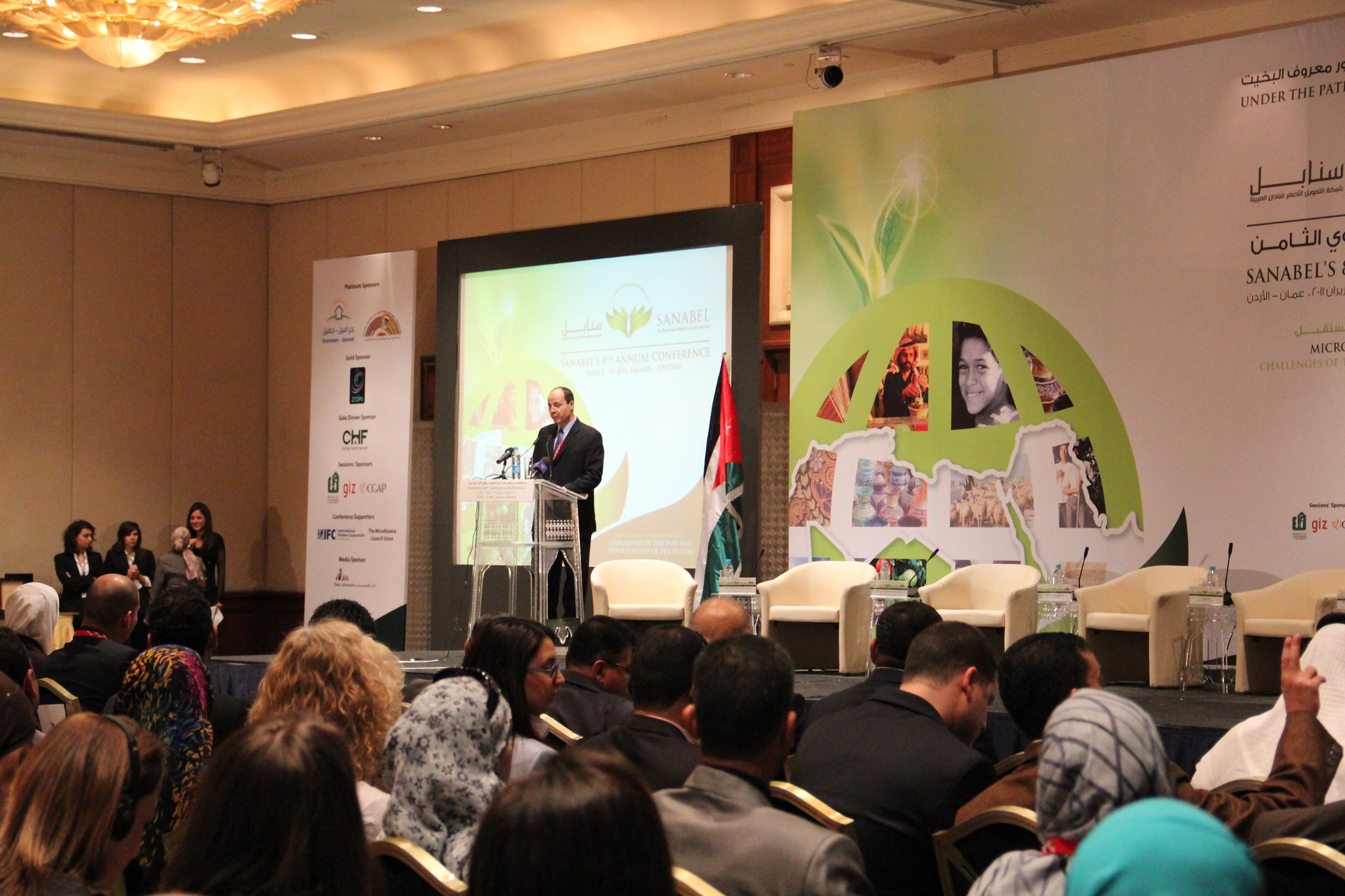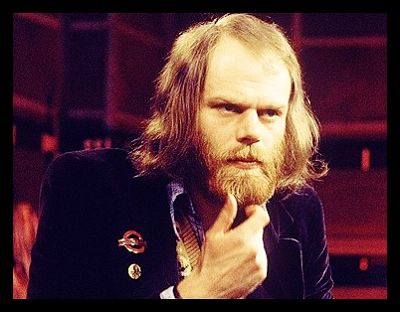 For more than 1.7 billion people worldwide, accessing loans remains an elusive and toilsome experience that results in financial marginalization and an inability to pursue business growth. That is why Kiva, a nonprofit organization, has made it its mission to combat poverty by providing microloans to entrepreneurs who lack access to traditional financing. Kiva’s innovative lending model enables anyone to lend as little as $25 to a borrower of their choice, giving individuals a direct link to provide support for small businesses and entrepreneurs globally. While there are several interesting facts about Kiva, the following five highlight its position as a key instrument for positive change in eradicating global poverty.
For more than 1.7 billion people worldwide, accessing loans remains an elusive and toilsome experience that results in financial marginalization and an inability to pursue business growth. That is why Kiva, a nonprofit organization, has made it its mission to combat poverty by providing microloans to entrepreneurs who lack access to traditional financing. Kiva’s innovative lending model enables anyone to lend as little as $25 to a borrower of their choice, giving individuals a direct link to provide support for small businesses and entrepreneurs globally. While there are several interesting facts about Kiva, the following five highlight its position as a key instrument for positive change in eradicating global poverty.
5 Inspiring Facts About Kiva
- Origin: Kiva’s story began in 2005 when its founders, Matt Flannery and Jessica Jackley, were inspired by the hardworking entrepreneurs they met on their trips to underserved countries like Tanzania, Uganda, India and South Africa. Witnessing their struggles to make ends meet, Flannery and Jackley were determined to find a solution. As fate would have it, their determination led to the birth of Kiva. Based in San Francisco, Kiva has revolutionized the process of granting loans to underserved entrepreneurs by becoming the first peer-to-peer microlending platform in the world. Through its innovative lending model, Kiva has connected lenders to borrowers globally, providing a new and easily accessible way of supporting small businesses and entrepreneurs worldwide.
- Name: The name, Kiva, is a derivative of the Swahili word “kibvua,” which means “agreement” or “unity.” The founders of Kiva chose this name to represent the collaboration between lenders and borrowers, as well as the unity that emanates from people coming together to support each other’s goals. This name is also perfectly symbolic of the organization’s core values of inclusivity, community and cooperation while serving as a unique and fitting crest.
- Impact: Since its establishment in 2005, Kiva has achieved remarkable success, having granted more than $1.87 billion in loans to 4.6 million borrowers globally. Kiva’s innovative lending model has enabled upwards of 2.2 million lenders in supporting small businesses and entrepreneurs around the world, funding a total of $1 million in loans every three days. Kiva has received support from advocates like Oprah, former President Bill Clinton and Pulitzer Prize-winning journalist Nicholas Kristof. And as a result of the organization’s incredible endeavors, it has continued to leave unmatched levels of positive impact on impoverished regions around the world.
- Success: Another important fact to note about Kiva is its spectacular success rate over the years. Across all transactions, for all countries and demographics, it continues to back businesses that need loans globally. Kiva has maintained a high average loan size that is above $400. It has also kept the standard number of loans per lender at more than three. These transactions, although somewhat small for the lender, have had huge impacts on the borrowers on the other side. The effectiveness of Kiva’s lending model is evident in the remarkable 97.97% repayment rate for all loans provided to partners. This highlights the role of its microloans in empowering borrowers to grow their businesses and repay loans successfully.
- Diversity: Through Kiva’s efforts, marginalized and underrepresented minority groups have also received the attention that they would not have received otherwise. More than 80% of all Kiva loans go to women from countries around the world. These loans support female entrepreneurs, farmers, students and parents globally. Additionally, Kiva operates in more than 70 nations across the globe, including areas that may not typically receive the same level of focus or attention as others. Kiva not only assists entrepreneurs but also makes provision for the basic needs of individuals affected by disasters, conflicts, refugee crises and more.
Pillar of Hope
These facts about Kiva indicate that the organization stands as a shining pillar for innovation in the face of impoverishment. Through its revolutionary system, entrepreneurs and everyday people across the globe can get the financial support they need to thrive through dire economic situations. Kiva continues to push forward against the tide of poverty and help millions of people sail across waves of hardship and toward the more friendly shores of financial security and prosperity.
– Sanjith Sambath
Photo: Flickr
 The private sector makes up nine out of 10 jobs in the global market and with
The private sector makes up nine out of 10 jobs in the global market and with 
 In 2006, MIT Professor Muhammad Yunus was awarded the Nobel Prize for his work in the creation of the Grameen Bank. The Bank was created primarily to microfinance, or provide small loans, to the impoverished in Bangladesh. Today, over 97 percent of Bangladesh’s villages have a Grameen Bank presence, a whopping 7.5 million people have borrowed from the Grameen Bank and 65 percent of the borrowers “clearly improved their socio-economic conditions.” Yunus has even advocated for credit to be considered a human right because of the extent to which it can help people deal with their financial situations.
In 2006, MIT Professor Muhammad Yunus was awarded the Nobel Prize for his work in the creation of the Grameen Bank. The Bank was created primarily to microfinance, or provide small loans, to the impoverished in Bangladesh. Today, over 97 percent of Bangladesh’s villages have a Grameen Bank presence, a whopping 7.5 million people have borrowed from the Grameen Bank and 65 percent of the borrowers “clearly improved their socio-economic conditions.” Yunus has even advocated for credit to be considered a human right because of the extent to which it can help people deal with their financial situations.
